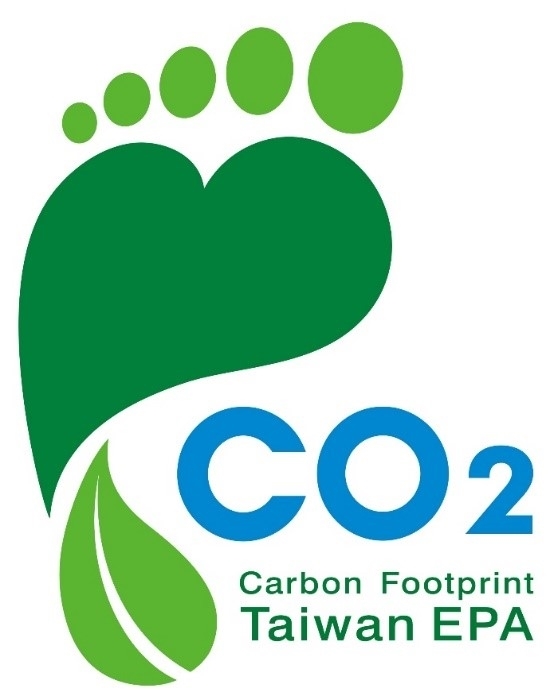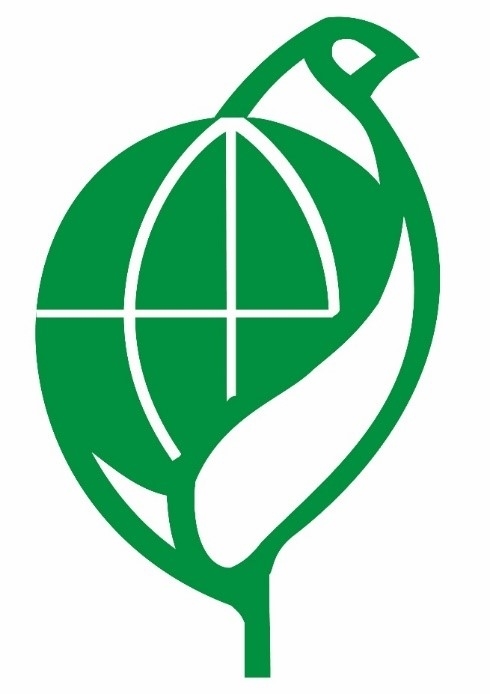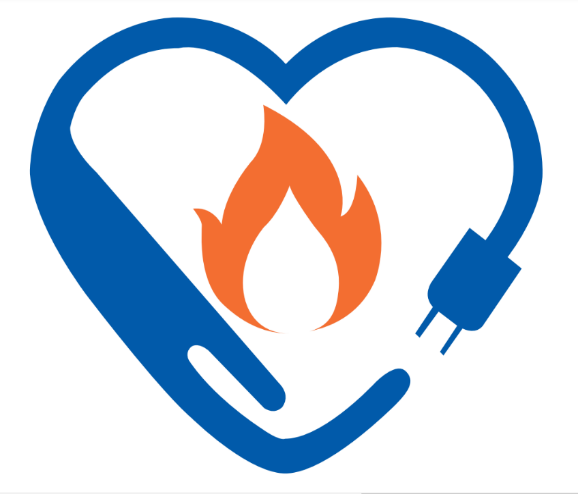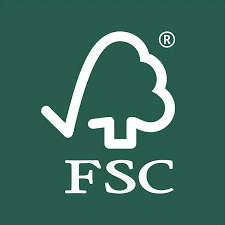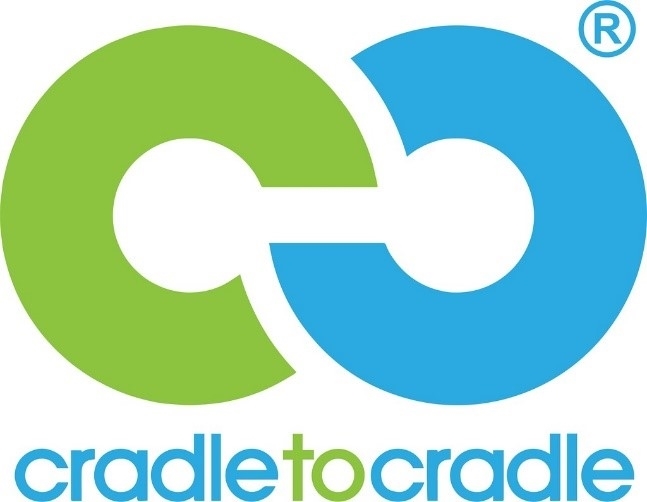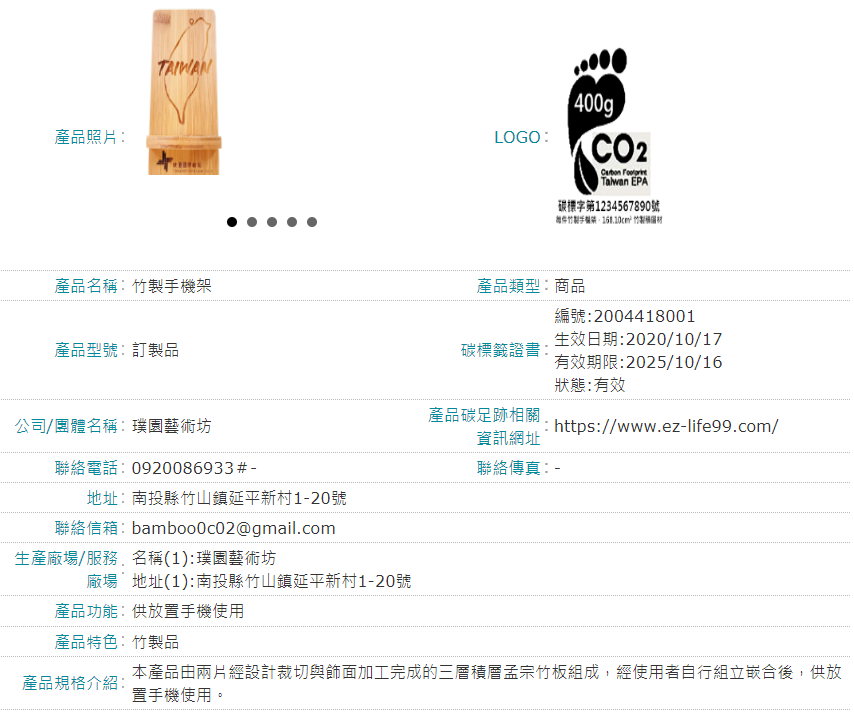With countless products on the market, how can we identify those that are environmentally friendly? One of the methods for lifelong environmental learning among the 53 Earth Day Green Actions is to become familiar with five common eco-friendly labels. These are typically the following: Environmental Label, Energy Label, Carbon Footprint Label, FSC Label, and Cradle to Cradle Certification.
Taiwan initiated the “Environmental Label System” in 1992, using this system to encourage businesses to produce or offer products and services with a lower environmental impact. The label is represented by an earth enveloped in a green leaf, symbolizing “recyclable, low pollution, resource-saving,” and it is employed to promote the selection of high-energy-efficient products that exceed national certification standards by 10-50%, thus reducing energy consumption.
The “Carbon Footprint Label,” which features elements like footprints made of green leaves and hearts, encourages manufacturers to analyze and disclose the carbon footprint of their products. It aims to understand the carbon emissions generated at various stages of a product's lifecycle, allowing them to identify key areas for carbon reduction efforts. In Nantou's Zhushan, the Pu Yuan Art Studio obtained the Carbon Footprint Label in 2020 for the bamboo phone stands they produce. By calculating the product's lifecycle, they gained insights into the carbon emissions throughout the process, effectively achieving their goal of practicing corporate social responsibility.
The “FSC Label” is aimed at preserving forest sustainability by ensuring that wood comes from planted or secondary forests rather than the logging of primary forests. You commonly find it on the packaging of items like tissue paper. The “Cradle to Cradle Certification,” known as “Cradle to Cradle (C2C) Certification,” is an international certification for circular economy products. It encourages considering a product's impact on people and the environment during its design and manufacturing stages, as well as before, during, and after its use.
The Environmental Protection Bureau (EPB), through various activities, press releases, and related visual materials, continues to promote the idea that everyday actions, no matter how small, have an impact on global greenhouse gas emissions. In response to the 2050 net-zero emissions goal, one can contribute to the net-zero initiative in daily life by purchasing products and foods with eco-friendly environmental labels, and by paying attention to carbon emissions across the product's life cycle when shopping. Together, we can create a net-zero green lifestyle.
Director-general Yi-shu Li of Nantou County EPB expressed that the EPB is actively promoting various carbon reduction efforts. These include subsidies for replacing old appliances with energy-efficient ones and conducting net-zero green lifestyle awareness activities in communities and schools. The goal is to encourage people to collectively respond to and practice the transformation towards a net-zero green lifestyle, contributing to a more livable Nantou.
Advertisement by the EPB, Nantou County Government


